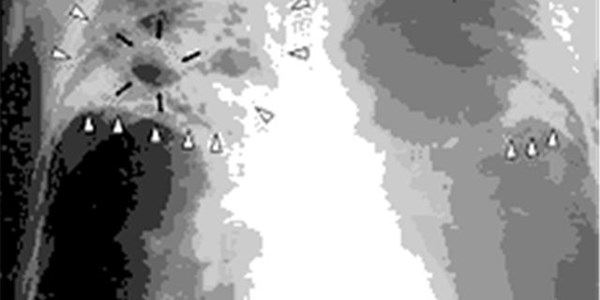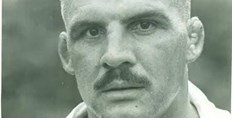National
Testing for drug resistant tuberculosis is set to become a whole lot quicker─── 07:05 Mon, 18 Jul 2016

Durban - Determining whether patients have drug-resistant tuberculosis (TB) is set to get a whole lot faster with the unveiling of new tests at the TB2016 conference in Durban.
According to Professor Susan Dorman from Johns Hopkins University in Baltimore in the United States, diagnosing multidrug-resistant TB (MDR-TB) and extensively drug-resistant TB (XDR-TB) from sputim tests will take a mere two hours instead of two days.
Dorman, speaking at the TB2016 conference on Sunday, said the new diagnostic testing would see patients knowing within two hours whether they have contracted drug-resistant TB.
Currently, the quickest test to determine if a patient has drug resistant TB takes two days and up until a few years ago it took as long as two months to determine whether a patient had developed drug resistant TB.
The new cartridges manufactured by US molecular diagnostics company Cepheid, which are inserted into the current GeneXpert, will require little staff training and only a calibration of the GeneXpert testing equipment, according to Dorman.
“It takes DNA from the bacteria and it amplifies the genes of interest so that there is a sufficient number so that you can interrogate them to see if they have mutations or not. This is a first for a test that can be reliably based on sputum and performed within a short time frame, for example within two hours.”
Dorman, who has been involved in the research and studies that led to the manufacturing of the cartridges, said she could not comment on when the cartridges would be released.
The testing machine would be vital in detecting resistance to the main group of drugs known as fluoroquinolones as well as the second-line injectable drugs (TB treatment drugs that are injected).
“It [the cartridge] will fit into the existing machines. There is a calibration that will be need done, but otherwise the instrument (GeneXpert) is the same.”
Dorman said the benefit of quick testing was that patients would be notified as soon as possible and would not have to return to be informed of the results.
“The challenge is that the patient is in the clinic at a certain time and we know from experience and from studies from TB, there is a window of time which you connect. And a window of time to a decision made together with the patients. If you can make decisions and establish a therapeutic plan, provide counselling and other related things right there upfront, that’s likely to optimise their experience, their treatment, the likelihood that they will get on treatment and that they will come back [for further treatment].”
MDR-TB is tuberculosis that is resistant to at least isoniazid and rifampin, the two most potent TB drugs. XDR-TB is tuberculosis that is resistant to isoniazid and rifampin, plus any fluoroquinolone and at least one of three injectable second-line drugs.
ANA













